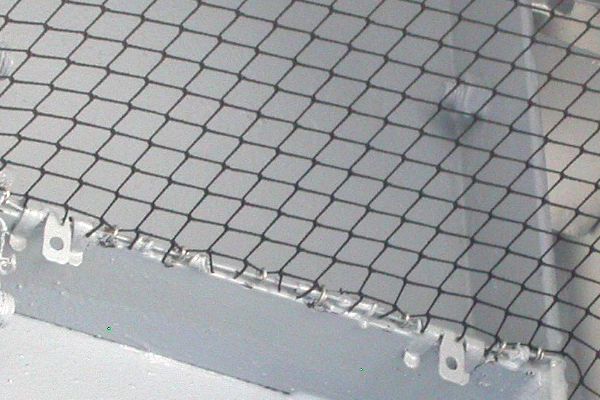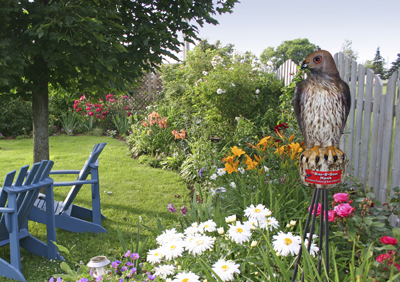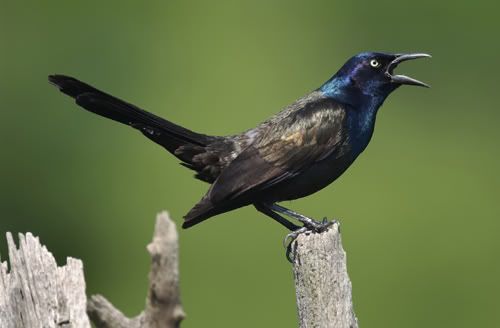
If you operate a loading dock or warehouse, you know the problems pest birds can create. These problems seem all the worse if you load and unload food products. Birds are drawn to the scent of food and will fly into your loading dock or warehouse. Unless deterred by effective bird control measures, pest birds will roost and nest in the lofty spaces in your loading dock and warehouse. Once inside, they’ll continually distract workers who operate forklifts and other equipment. The birds can also contaminate packaged and stored food products. Their droppings can carry any of 60 known diseases like salmonella. Bird droppings can even create dangerous slip-and-fall hazards for your workers.
If you’ve tried pellet guns and bird poisons to get rid of these bird pests, or simply made some loud noises to scare birds, you’ve probably come to the conclusion that these methods are largely ineffective. What you need are some professional level bird control measures that get the job done. Here’s what the bird control experts at Bird-B-Gone recommend:
No-Knot Bird Netting Blocks Out Bird Pests
This high strength barrier deterrent denies pest birds access to your loading dock, warehouse or any other exposed areas where birds often sneak in. The low-profile, 3/4-inch mesh netting blocks out all manner of birds—including sparrows, pigeons, gulls, starlings and crows. Available in several stock sizes and custom cuts, No-Knot Bird Netting is surprisingly light, yet it has a break-strength of 50 pounds. The non-conductive netting is made of a flame resistant, multi-strand polypropylene fiber, which resists the damaging effects of many industrial chemicals. No-Knot bird netting is ISO 1806 Protocol Mesh tested and will not rot, absorb water, or mildew. Impregnated with UV inhibitors, the netting can withstand years of direct sunlight and wide temperature swings without degrading. It comes with a full 10-year guarantee. Easy to handle, No-Knot Bird Netting is virtually invisible when installed. Bird-B-Gone recommends that prior to installing the netting, all surfaces should be free of bird droppings, nesting materials, loose rust, peeling paint and other debris.
Birds Already in Your Warehouse? Get the Super Talon!
A heavy-duty hand-held net launcher, Bird-B-Gone’s Super Talon Ultra Net Launcher captures bird pests quickly, efficiently and humanely for later release. Instead of wasting time chasing birds with a broom, the Super Talon fires a two-inch mesh net up to 60 feet to snare even the most elusive bird. Ideal for catching all types of birds like sparrows and wrens, the Super Talon has proven its worth worldwide by animal control agencies and research scientists, including the USDA, US Fish & Wildlife and APHIS. The Super Talon Kit comes complete with 10 air cartridges, multiple bird capture net launchers, accessories, and a carrying case.








